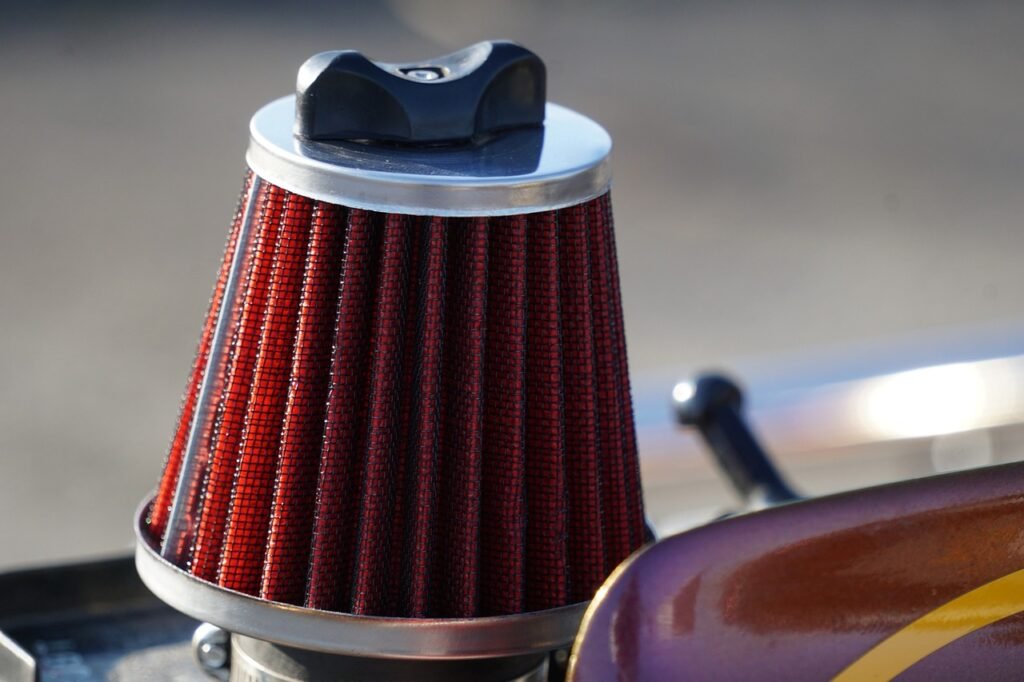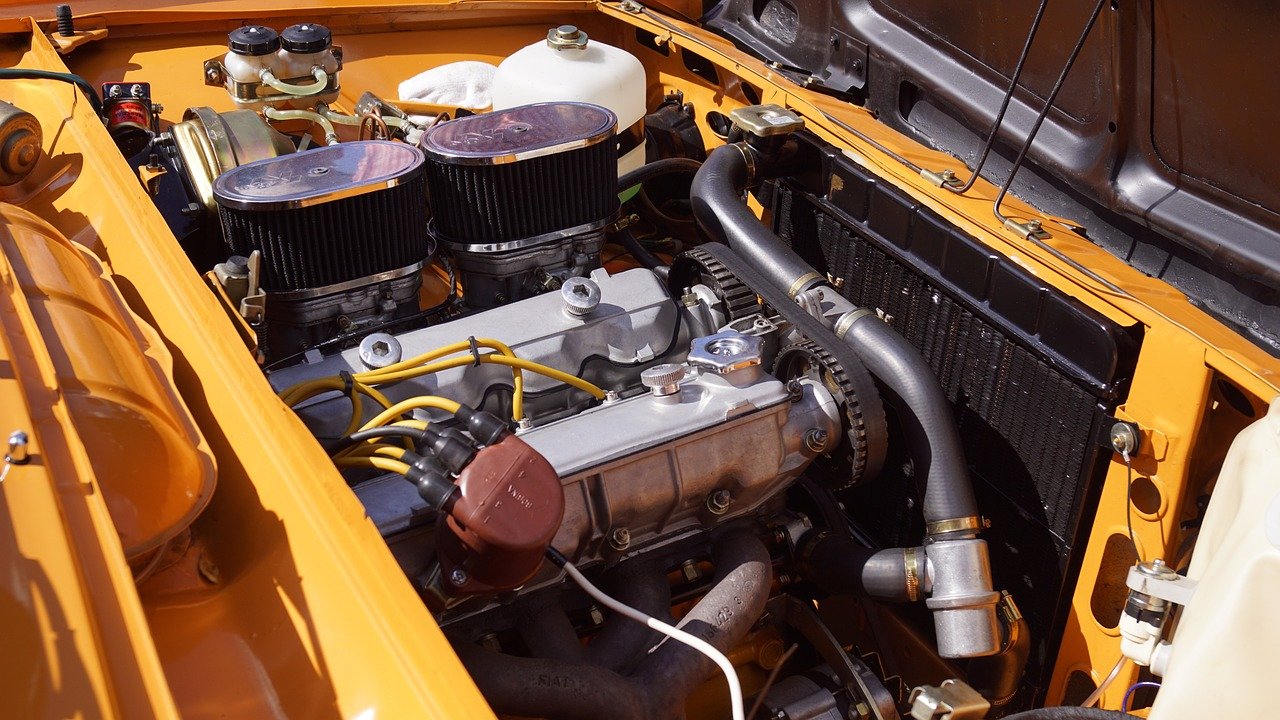Normally small in size, the air filter of your car does a relatively larger job of ensuring the uninterrupted functioning of the engine. An air filter that is either blocked or dirty reduces power with fuel economy and heavily impacts performance. Fortunately, it is pretty easy to change an air filter, taking very little time but doing wonders for the health and performance of the engine. Moreover, you save the cost of labor for doing the job yourself, which means your car works even more efficiently.

In a nutshell, this guide will help you understand how an old air filter can be changed within minutes for an improved performance of the car.
When to Replace an Air Filter?
It is usually recommended to change the air filter every 12,000-15,000 miles by car manufacturers. However, if the driving is done in places with high dust concentration or subjected to varying stop-go driving or a lot of off-road driving, the air filter needs to be frequently checked for condition and lifespan. It clogs fast under these conditions and can cause the vehicle to suffer in performance.
Once you notice a sluggish acceleration or a general feeling of powerlessness beneath the foot, you should set out to remove and check the air filter. The reason is that a dirty air filter restricts airflow, hence limiting oxygen intake into the engine. The engine needs oxygen in order to perform well and with limited oxygen, it translates into less horsepower and slower acceleration.
A clogged air filter of the car does not only hinder the performance of the car but, over a period of time, becomes a cause of damage to major engine components. Dust, dirt, and any other particles passing the filter would start to wear the engine components, mainly the cylinders, piston rings, and bearings. Over a period of time, this is bound to result in more serious conditions like oil burning, oil leakage, and engine damage. Eventually, in more severe cases, it can even cost you a fortune in repairs.
On a clogged filter: Your engine gets worked so much harder, with a consequent drop in fuel economy and an ever-escalating risk of suffering major mechanical failures in the near future. Just by changing the air filter, all this will clear up and more horsepower, torque, and fuel economy will come to your automobile.
When One Must Change the Air Filter?
Most auto manufacturers recommend changing the air filter after 12000 to 15000 miles. However, the air filter must be checked more regularlyif it is driven in a dusty surrounding or with a lot of stop-and-go driving or even driven off-road; the air filter would then tend to have a shorter life, getting clogged faster and diminishing the performance of the vehicle.
Once in a while would be a good time to inspect your filter, especially around the time your vehicle would have been serviced for oil changes or other inspections under the hood.
This guide will help you check on your Airways Filters. Removing the air filter from the engine compartment is a better way to test if it is still functional. Hold the air filter to an intense light source. If you can see light through the filter and no heavy debris obstructs the view, the filter is considered okay. Otherwise, if the filter appears clogged or is unable to pass light, it should now be replaced. Another way to verify its condition is by observing the filters. With your four fingers pressed across the filter folds, if the filter feels a little springy and pliable, it is still due. If you perceive the filter to have stubbornness or brittleness, it needs to be replaced. If you can see tears or holes, get a new filter for the sake of your vehicle!
You may as well check the inside of the filter housing while inspecting the filter. If you notice dirt or debris along the edges of the filter housing, wipe it off with a clean rag. Build-up of debris would indicate ineffective filtering.
How Changing Your Car’s Air Filter Can Enhance Performance
The very first improvement is experienced in the car’s performance after replacing dirty air filter with new one. The engine can “breathe” more easily with a new air filter and shows better acceleration, smoother idle speeds, and improved fuel efficiency.
You shall notice the difference as soon as you step on the pedal. With an air filter clean, your vehicle is bound to respond much faster and even become more efficient at times giving a little boost where they need it. Some informal surveys reveal that some drivers see performance boosts of more than 10% in terms of horsepower and torque after replacing a
However, fuel economy is also improved. The less the engine has to work pulling air through a clogged filter, the more efficient it becomes. So, it consumes a little less fuel for the same distance, which is likely to be reflected in improved milage with a dirty air filter. In fact, replacing a dirty air filter can improve its economy by as much as 10%.
Besides these performance benefits, one of the major advantages of clean air filters is that they preserve the engine parts and prevent harmful particles from getting inside. That’s why a fresh filter is called an engine oil saver because it allows intake of clean air and reduces wear and tear of important parts like pistons, bearings, and sensors, leading to better oil control, less leakage, and life longevity of the engine.
With the right airflow, your car would not only function better, but also wear less over time on account of a less pristine air filter. Taking care of the air filter will prevent costly repairs from popping up later on, so keeping it clean is definitely a wise investment.
Procedure for Changing Your Car’s Air Filter
It is really a very simple job replacing your car air filter. Some tools may be needed including a socket set and possibly a screwdriver depending on the model of the car. Here’s how:
Find the air filter: The air filter is mostly found in a rectangular box near the engine. Locate it by following the path of the large air intake hose.
Remove the filter housing: Using a socket wrench, remove any bolts or screws holding the air filter housing.
Take out the old filter: Once the housing is open, carefully extract the old filter while keeping in mind its positioning for the installation of the new air filter in the same way.
Insert the new filter: Place the new filter inside the housing, keeping its seating properly.
Reassemble the housing: House it back and secure it with screws or bolts.
Look for leaks: When everything is back together, start up your engine while listening for any abnormal noises or vibrations.
Conclusion
Changing the air filter in your automobile is one of the simplest maintenance jobs ever and one of the best for your money, keeping your car happy. A clogged or dirty air filter decreases engine performance, gives poor fuel economy, and sets the stage for expensive repairs in the future. Filter replacements at time intervals would mean better horsepower, torque, and fuel economy, not to mention a smoother-running engine.
You can change it in a couple of minutes, and it will vastly improve your car’s performance. Don’t let a dirty air filter turn into a headache; change it and let your engine breathe freely!




